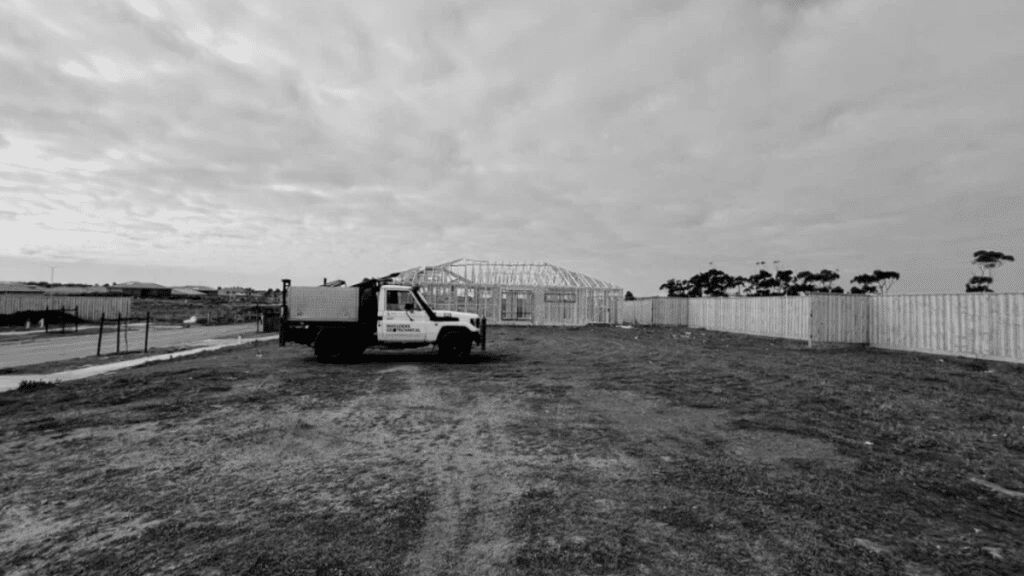If you’re planning a new build or development near a wetland area, then you would have heard of the many environmental advantages to look forward to. Some of these include improving water quality and implementing general flood mitigation measures.
Despite this, it’s still essential to perform the necessary assessments via the soil test Melbourne councils expect. The goal of these tests is to ensure that your build remains stable and safe, and to identify ways to keep your wetlands performing sustainably and reliably.
Wetland Investigations are Vital in Australia
You may not know this, but there are 67 Ramsar-recognised wetlands situated across Australia. While there are hundreds of other wetlands around Australia, those on the Ramsar list are identified as being integral to preserving the country’s local biodiversity.
Preserving wetlands during the building process is essential to the environment in the following ways:
- Protects the surrounding area from storm surges, flooding, and tidal waves.
- Forms part of a safe habitat for birds, insects, and marine life.
- Helps to establish microclimates that prevent damage from extreme weather conditions.
- Make it possible to store significant amounts of carbon in the soil and vegetation.
With this in mind, all geotechnical efforts are made to prevent the draining or damming of wetlands during land development. This is done so that the wetlands can continue being useful to the surrounding area.
Understanding How Geotechnical Investigations Work
Commonly referred to as wetland investigations, these assessments are focused on residential developments that are situated near local wetlands. The goal is to sustain the wetland and allow its positive attributes to benefit the new development.
Soil tests in these areas are designed to use soil from the surrounding region to create the most suitable match to create a structure that not only contains water but also minimises potential soil erosion over time. This is essential because poor drainage and soil erosion can dramatically affect your foundation. Our team share a few of the top ways that your geotechnical engineering team will conduct a wetland investigation.
1. Local Groundwater and Soil Analysis
During the wetland assessment process, there are three key tests that need to be performed. These are listed as:
- Groundwater condition tests: In this test, various groundwater levels are assessed to determine how the wetland and surrounding areas can function in the event of extensive rainfall. The goal here is to create a space that can support builds and function safely without flooding.
- Soil sustainability: This is a common test done on all potential build sites. Here, your geotechnical team will assess how effectively the ground can hold water. This will influence the type of foundation your building team will opt for.
- Permeability testing: With this test, the goal is to establish the seepage or leakage levels in the soil. This is essential for wetland areas as the water is continuously moving through the wetland system.
2. General Stability and Erosion Testing
Not all proposed building or wetland preservation can take place on an easy-to-work-with piece of land that’s vast and flat. In some instances, these areas are made up of hills and slopes.
If the goal is to keep the wetland in its natural state as much as possible, then you will have to know how the surrounding slopes affect the soil and potential builds. This means that the next series of testing involves assessing erosion and slope levels. This is how it’s done:
- Slope stability: If there are slopes or hills near the wetland or your building, there’s an increased risk of embankment failure or soil movement. This not only damages the wetland but will eventually hamper your build. Tests will identify the risks, which can then be mitigated.
- Erosion potential: Soil near wetland areas can also be highly susceptible to erosion. This type of soil isn’t ideal for sustaining a wetland or keeping your build stable.
3. Performing Overall Construction Feasibility Tests
Wetlands are well known for being surrounded by soft soils. This can prove to be a major challenge for the construction process. Construction feasibility testing will identify these issues and allow the building team to opt for various construction techniques such as using clay liners, building embankments, and adding cut-off layers.
In addition to this, these tests also identify whether it’s necessary to use the Water Urban Design (WSUB). This process refers to implementing plans and building developments that add water and wetland gardens and dams into the overall layout to improve the quality of nearby lakes and rivers.
Final Thoughts
Planning a build near a local wetland, especially those on the Ramsar list, will require a concise wetland investigation. By opting for these types of assessments, your engineering team will also be able to preserve the local environment as much as possible.
At the same time, they will also ensure that your structure is safe, durable, and protected as much as possible from issues such as soil erosion and flooding. You’ll have peace of mind that the risks of long-term issues are significantly reduced.
Angela Spearman is a journalist at EzineMark who enjoys writing about the latest trending technology and business news.

